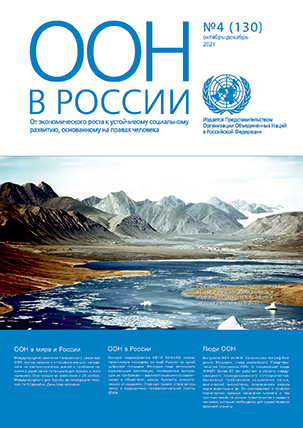Secretary-General's Message on World Health Day (7 April 2016)
Diabetes is an ancient disease that is taking a growing toll on the modern world. In 1980, 108 million adults were living with diabetes. By 2014, that number had risen to 422 million – 8.5 per cent of adults -- reflecting a global increase in risk factors such as being overweight or obese. Even though we have the tools to prevent and treat it, diabetes now causes some 1.5 million deaths a year. High blood glucose causes an additional 2.2 million deaths.
This year, the World Health Organization has issued its first Global Report on Diabetes, outlining the scale of the problem and suggesting ways to reverse current trends. The burden of diabetes is not equally shared, within or between countries. People in low- and middle-income countries are disproportionately affected, but wherever we find poverty we also find disease and premature deaths.
Diabetes affects countries’ health systems and economies, through increased medical costs and lost wages. In 2011, world leaders agreed that non-communicable diseases, including diabetes, represent a major challenge to achieving sustainable development. Last year, Governments adopted the Sustainable Development Goals, which include the target of reducing premature mortality from non-communicable diseases by one-third.
We can limit the spread and impact of diabetes by promoting and adopting healthier lifestyles, especially among young people. This includes eating better and being physically active. We must also improve diabetes diagnosis and access to essential medicines such as insulin. Governments, health-care providers, people with diabetes, civil society, food producers and manufacturers and suppliers of medicines and technology must all contribute to changing the status quo.
On this World Health Day, let us all commit to working together to halt the rise in diabetes and improve the lives of those living with this dangerous but preventable and treatable disease.

